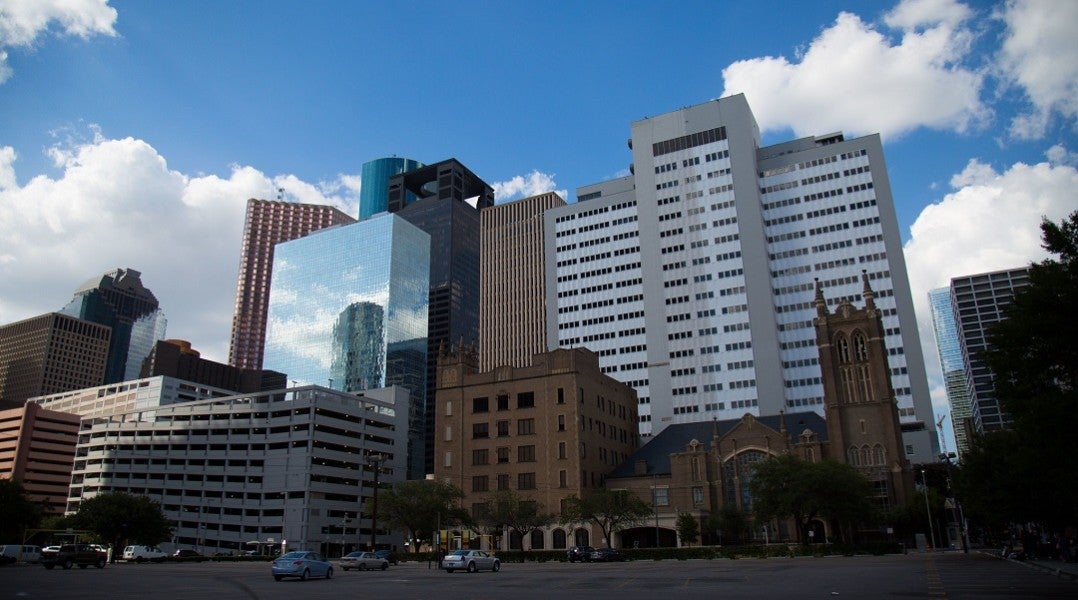Most of the largest counties in Texas grew from 2020 to 2023, the U.S. Census Bureau reported March 14. That includes Harris County, which added 104,003 residents, giving it a total estimated population of more than 4.83 million, an increase of 2.13%.
However, that represents a large drop in growth rate. Harris County grew 15.6% from 2010 to 2020, or 63,868 people a year on average, while the latest three-year growth — during the COVID-19 pandemic — translates to an average of 34,668 each year.
Slow growth, or even shrinkage, has been an ongoing trend for Harris County. Its neighbors, meanwhile, are growing rapidly.
Montgomery County to the north increased 14.6% to 711,354 people over the same three years, comparable to the estimated population of Denver, the nation’s 19th-largest city. To the southwest, Fort Bend County increased 11.4% to 916,778 residents, making it more populated than the country’s 14th-largest city (Columbus, Ohio) and both Seattle and Indianapolis.
Even exurbs — areas outside traditional suburban areas — of Harris County are growing faster. Waller County to the northwest has increased its population by 12% to an estimated 63,553 residents, while Liberty County to the northeast has added more than 16,600 residents to reach 108,272, a whopping 18.2% increase.
Homebuilders are responding to the trend with new developments outside the traditional closer-in suburbs. The Grand Prairie by Ember, for instance, will add about 6,000 new homes in Hockley, a small town in northwest Harris County near Waller. Cross Creek West by Johnson Developments will add about 3,000 homes to the Fulshear area of Fort Bend County.
Tarrant and Dallas counties — home to Fort Worth and Dallas, respectively — saw mixed growth from 2020 to 2023. Tarrant County increased by more than 3.4%, adding more than 72,300 new residents. Dallas County shrank by more than 5,100 residents, a decrease of 0.2%. Meanwhile, neighboring Denton County was among the counties adding the most in total population, with 101,284 new residents for an estimated increase of 11.2%.
Travis County, where Austin is located, welcomed more than 44,700 new residents for an increase of 3.5%. However, Williamson County to its northeast increased 14.5% with more than 88,100 new residents.
Bexar County, home to San Antonio, saw modest growth with more than 78,300 new residents representing an increase of 3.9%. Nearby Comal County grew by more than 32,000 residents, a jump of more than 20% to an estimated 193,928.
The annual Census Bureau estimates are derived from taking the count from the last official census and then factoring in annual births, deaths and both international and domestic migration.
Updated Houston-area housing information will be available in Kinder Institute for Urban Research’s 2024 State of Housing report, scheduled for release June 20.


